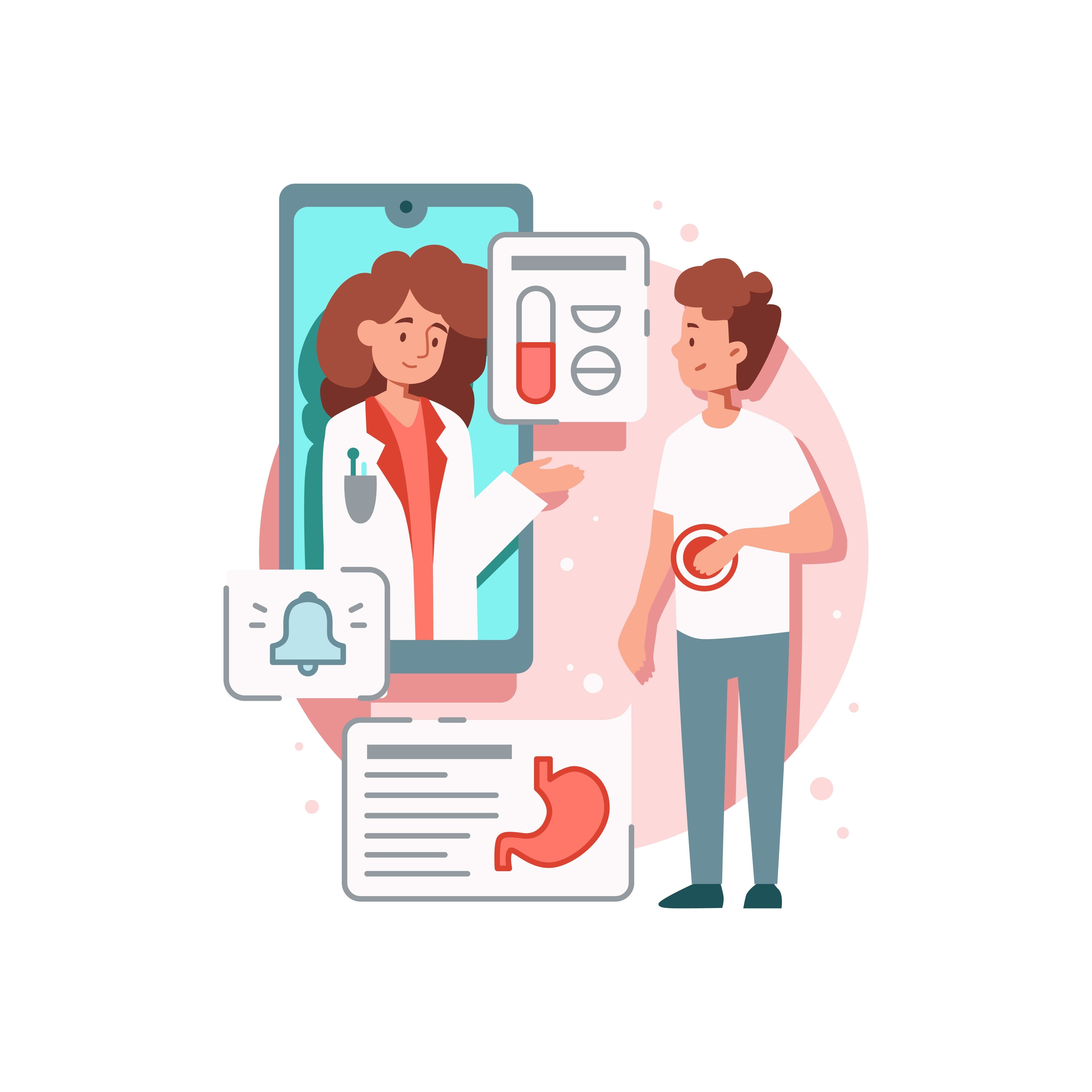Need something else?
We stock over 1102 treatments for 90 conditions


You’ve probably heard of both acne and rosacea. Both are common skin conditions, with acne affecting as many as 85% of adolescents and young adults, and around 10% of the population suffering from rosacea at some point in their lives. But have you heard of papulopustular rosacea?
Papulopustular rosacea, also known as acne rosacea, is another skin condition that features characteristics of both rosacea and acne — and if you think you might have it, or you’re having skin issues but you’re not sure which skin condition is to blame, then you may want to find out more.
In this article, we’ll be looking at everything from papulopustular rosacea symptoms, to triggers, to how to tell the difference between papulopustular rosacea and acne, to prevention and treatment. For a closer look at papulopustular rosacea, read on.
If you want to read more about rosacea in general, you can head to our dedicated rosacea page, where you can find plenty of information about the skin condition, guides and FAQs, as well as a range of treatments to tackle it.

Papulopustular rosacea is a type of skin condition. This is the clinical term for it — you may have previously heard it called by its common name, acne rosacea.
Papulopustular rosacea (or acne rosacea) shares characteristics of both rosacea and acne. This means that if you have papulopustular rosacea, you will have symptoms like red, flushed skin, swelling and inflammation, and acne-like breakouts and spots. We will go more into the symptoms of papulopustular rosacea in the section below.
It’s not always easy to establish whether you have papulopustular rosacea or acne, especially on your own. Both have very similar symptoms and do look very similar, so it can be hard to tell the difference. However, there are a few key differences.
Papulopustular rosacea will tend to present with small bumps and pimple-like breakouts. However, you won’t see any blackheads with papulopustular rosacea.
With acne, on the other hand, you would see blackheads (as well as whiteheads, cysts and other types of spots).
If you have papulopustular rosacea, you will also notice some redness, sensitivity and irritation on the face (particularly on the cheeks, nose, forehead and chin) — whether there are pimples present or not.
If you have acne, the only redness you will see will be in the breakout areas/around the spots you have.
Although both conditions can be upsetting and frustrating, they are both treatable. The treatment that is best for you will depend on which condition you have. A treatment that is suitable for one can actually make the other one worse. That is why it is best to go to your doctor to get diagnosed. They should be able to offer a diagnosis — if not, they will refer you to a skin care specialist or dermatologist.
Papulopustular rosacea can look different in different people, but there are a few key symptoms and characteristics to look out for.
Here are the most common papulopustular rosacea symptoms:
Typically, these symptoms will affect the middle of the face — mostly the cheeks, nose and chin. You may also see symptoms on your forehead, although this is less likely. Acne rosacea rarely affects other parts of the body aside from the face.
Unfortunately, we don’t know exactly what causes papulopustular rosacea or what it happens. This is the case with “normal” rosacea too — the underlying cause is not yet known.
However, there are a number of triggers and factors that are thought to contribute to acne rosacea flare-ups and can make the condition worse. We’ve covered them in the section below.
There are some triggers that are known to cause papulopustular rosacea to flare up if you suffer from it.
Some papulopustular rosacea triggers include:
This doesn’t mean that all of these things will trigger flare-ups for you or make your condition worse if you have papulopustular rosacea — these are just some known triggers. Everyone is different, and what may cause one person’s acne rosacea to worsen won’t affect someone else.
You may find that there are other triggers we haven’t listed above that cause your rosacea to flare up.
If you suffer from papulopustular rosacea, then making changes to your diet can help to manage symptoms and prevent flare-ups.
There are certain foods that can help reduce inflammation, keep skin calm, and help prevent rosacea flare-ups. These foods include:
Research has shown that these food types can help to manage some forms of rosacea; food rich in the right type of fats are thought to be very good for the skin, and food that balances your gut microbiome can also positively impact rosacea (it is thought that there might be a link between digestion/gut inflammation and the skin).
There are also foods you should avoid or reduce your intake of if you are trying to follow a papulopustular rosacea diet to manage symptoms. These foods include:
If you think that your papulopustular rosacea might be triggered by something in your diet, it is worth keeping a diet diary to track what you eat and see if there is any correlation between the two. Once you’ve established a pattern, you can try cutting out this food and see if it makes a difference to your skin. You may notice a big improvement.
Although there is no way to cure papulopustular rosacea, there are treatments available that can help keep the condition under control and alleviate symptoms.
These will generally be topical treatments that you apply to the affected areas. You will have to get a prescription for them from your GP or pharmacist.
In particular, products containing the active ingredients azelaic acid and metronidazole are used to treat papulopustular rosacea. These are usually applied once or twice a day, or as prescribed by your doctor. Both are effective but it is important to continue your course of treatment until the end to see the full impact of the medication.
Here at The Independent Pharmacy, we offer a few different papulopustular rosacea treatments such as:
You can find out more about each medicine, how it works to treat papulopustular rosacea, and anything else about the course of treatment by following the link to the product page.
All of these treatments are prescription-only, so you will need to have an existing prescription or speak to your GP first to get prescribed this medication.
Alternatively, you can complete an online consultation with us by clicking the “Start Consultation” button on the product page. You’ll need to answer a few questions on your condition and symptoms so that our team of medical experts can make the right decision about what you need. Once your prescription has been approved, we can get it dispatched to you as quickly as the next day.
We stock over 1102 treatments for 90 conditions